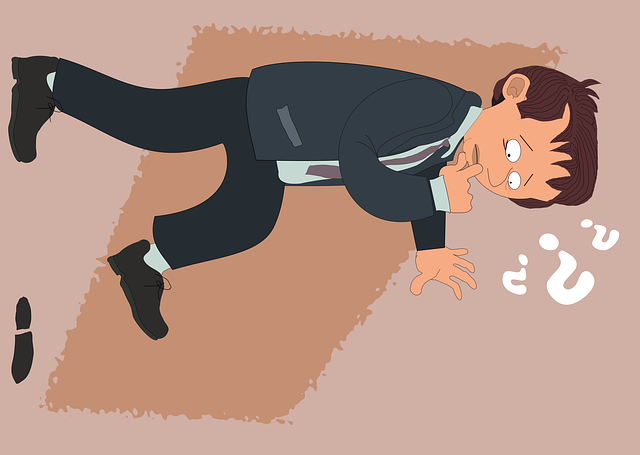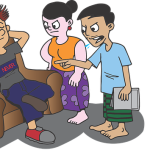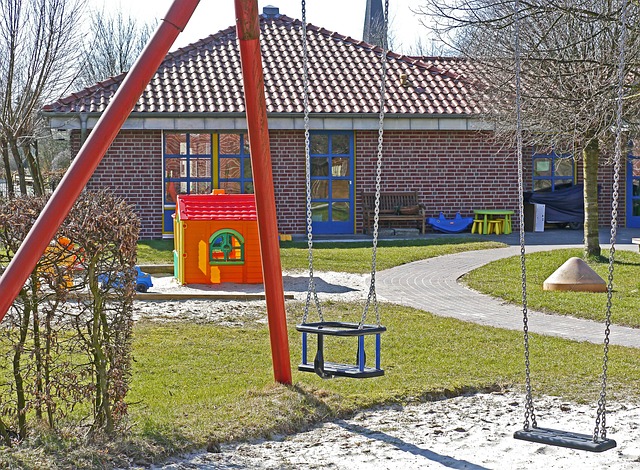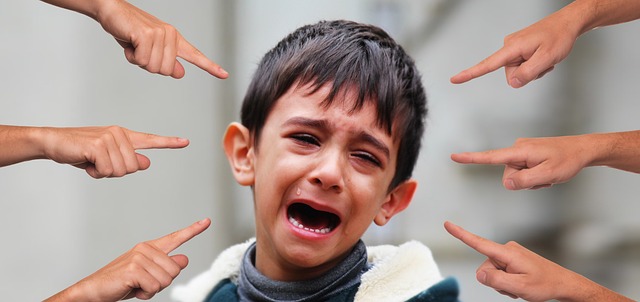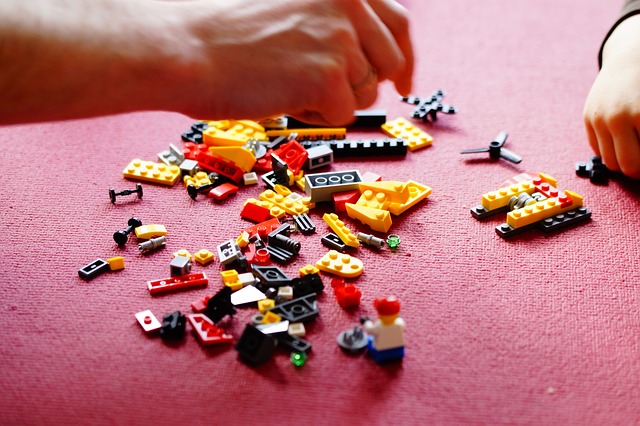What Is Child Behavior Management
What is child behavior?
Child behavior management refers to emotions, attitudes, and how they interact or respond to others. We never assume by a single action of children and their attitude. It takes time to spend with them and observe their every approach and how they react in different situations. Every child’s mood includes a positive and negative approach, and that’s how their actions come out. Here are the parenting responsibilities that go into action and how they overcome negativity and enhance positivity.
It begins with the understanding of the parents and caregivers because without knowing their moods and mindset could not do proper parenting and help to arrange or provide a safe and healthy atmosphere around them.
Categorically we can divide into two to understand in a better way. Early childhood occurs mainly in two places because children can only go with elders. So the proper grooming of their youth develops in these places.
At Home
So every child starts learning the principles of their life from their home and ideally follows the behaviours of their father and mother. That’s why naturally transfers hats and moods to children in this way. Also, it is inherited from grandparents as well spent to concerning. But some kinds of behaviours, the nature of philosophy from inherited birth, and some come by following the three actions and behaviours of everyone surrounding them. That’s why children behave the same as how they see more in their surroundings. We can say behaviours never die as they transfer from generation to generation.
Let’s say there is more violence at home, either between parents or relatives, then the child will there a violent attitude and become like this silently. We need to understand that children have no judgment about right and wrong. They can find everything right that comes in their observation, or they witness the actions of their loved ones. The same vice versa when the home develops respect and love all around then, for sure, the children become obedient and polite, and no respect for others is part of their characteristics, and that is the right thing in their behaviour.
At School
The second home of a child is in their school. Nowadays, it’s probably everywhere to admit their children to pre-school when they are significant 3 Home hat’s another debate is it right or wrong-essential here we are only exploring children’s behaviour we can touch this subject as well by adding different reviews and mindsets from various corners of the world.
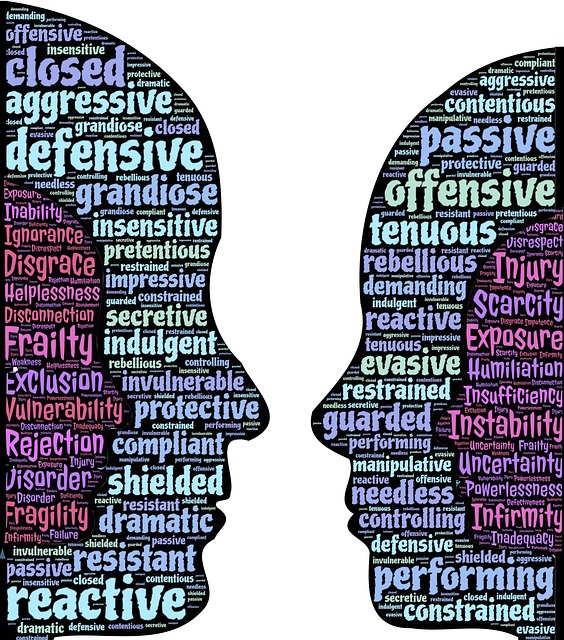
What are the Environmental factors?
This factor is also considered but in early childhood, it is not very important. But somehow it plays a vital role in their start in making friend shows and going outside for some healthy activities. That is for sure that the environment and society where children are being raised have a great impact. Home and school are also part of the environmental category because we cannot remove our home atmosphere from outer society.
So let’s talk about the different kinds of attitudes in children having different natures. We can try to dig around the nature of children having unique perspectives despite of fact whether it’s according to norms or not. It is not possible to cover every type of nature, but some of the most common kinds are here:
Positive behavior
One of the most ideal attitudes that everyone dreams for their children includes sharing, social interactions, always helping each other, being full of respect, loving nature, and being friendly to everyone. This kind of child always obeys their parents and elders with a positive approach. Everyone likes children owning this kind of behavior and attitude towards others.
Negative behavior
This kind of nature and behavior is opposite to the positive type. As children are not in the stage of hate, everyone tries to get far away from them and their children from them. These kinds of behavior bring a bad reputation for the parents or caregiver due to the non-acceptance of such characteristics in society. Everything that crosses the limits brings negativity in life and society and is against our social norms.
Aggressive behavior
Lack of patience and anger management are found in this kind of attitude. Children are never calm and fly away for no reason. More fighting and clashes are always on the desk of such behaviors. This type of mindset groom due to mainly home atmosphere where they witness only fights and loud voices. So the children assume to be the right way to get rid of any situation. Usually, it is observed that the aggressive nature of children is not friendly and respectful as well. Moreover, verbal unethical and body language are also part of it.
Destructive behavior
This includes the nature of aggressive attitudes, but so far it is less likely to be bold and fighting nature. But yes, it also causes mismanagement and pollutes the ethical atmosphere. Destructive behaviour is considered essential and is more likely to break things and damage the surroundings, which is also very dangerous. This kind of nature negatively impacts attitudes and behavior or can be associated with them.
This does not cover the whole subject but it’s commonly prominent in children. Children’s behavior is not possible to be driven by force. We need to be role models for them and expect to be within their characteristics with time. Firstly, try to groom them in a positive and friendly atmosphere to avoid any kind of negative impact on their behavior and character to make them gentlemen for the whole society.
Exceptional care in Child behavior management
Childhood development is also referred to as be learner phase. Because every development is part of their personality and they become like how they spend their childhood. So we need to take exceptional care of our children’s childhood and teenage period. In this stage, they constantly learn and absorb everything in their behavior and attitude from their surroundings.
Another thing is that neither nature nor attitude is permanent or stick essential. With constant change, it’s very much possible to get rid of negativity from their personality and make their nature perfect. This only happens when parents and teachers bring positivity and what they expect from children in their characters. When they respect others and are friendly with everyone, then it’s apparent children will do the same and forget any bad points in their nature. Children always seek support from their parents and teachers, and in this way, we can bring any change and mould their habits into positive ones quickly but wisely.

How to make a creative strategy for Child behavior management
There are several attractive ways to create positivity in children without taking any strict action, which is not advisable in any form. We can make the beautiful rewards of their possible things the result of their good actions and attitudes. We can also set some friendly punishment, like asking them to jump 5 times in case of any mistake to realize their step is incorrect. Realization of their errors and immoral acts is beginning towards ideal behavior.
Do not be parents or caregivers who always spoon feeding to their children. Always wait until children themselves communicate and feel the absence of anything. In this way, realize the importance and set good communication skills. Additionally, only sometimes respond appropriately to their asking as this way helps them problem-solve. They will next time, instead of asking, try to find a positive way to fulfil their necessities.
What Is Child Behavior Management Strategies?
We need to understand that our Children do not always go smoothly all the time. Because they absorb any change found attractive at once in their behaviors and attitudes. So parents and caregivers should always work on child behavior management by applying different kinds of strategies. Every child has a unique nature and philosophy, so only some strategies will be applicable everywhere.
So shaping the child’s behavior and nature at every stage and situation requires different techniques. Somewhere only verbal polite talk is enough, but others may have to be role models and create some attraction by asking others to appreciate you when acting in front of them, so with the appreciation, children come to know the right path indirectly. But whatever strategy we need to apply at home, school, or outside of the house should be consistent and regular. Rules and regulations set by you at home for children are initiated by parents and elders present in the surrounding of children in regular manners.
Effective Communication
The only medium that significantly influences a child’s overall grooming is proper communication. When there is no gap between children and caregivers or parents, children can get the confidence to talk freely. This should be two-way communication in teaching or advising and listening to children freely and calmly. In this way, children learn how to express everything they observe and get wise advice from their caregivers or parents to know what is right or wrong. When there is a gap and children are not confident to speak, then. As a result, they do what they feel is right. And for sure, that is right what they are witnessing everywhere. So there is much deviating from the right path due to e to just a lack of communication.
Consistent Manners
Another effective way to manage children’s attitudes and groom is to create a positive consistent atmosphere for them in terms of norms and habits. This is either by yourself as a parent or caregivers to show them practically and insist they consistently perform everything. Not specifically to impose and supervise to achieve. The habits and character start building up when children themselves are consistent in being option their behavior and performing it as their lifestyle without consent of supervision. For example, speaking politely, avoiding fighting, respecting everyone, and eating all meals at bedtime. Always respond positively and respectfully when parents or elders advise them on something.
Everyone needs to be addressed.
Every needs and demands of children are not addressable. This means grooming your child differently than what they ask to bring is immediately available for them. Makes them lazy and dependent from an early age on their parents and caregivers. Children should understand that every need or demand requires some effort forth to fulfil, so in this way, their sense of understanding and sincerity will increase, resulting in being self-made at the following age.
How do all strategies become practical and applicable?
When working on child behavior management and grooming, we need to understand that every strategy becomes effective when there is no proper practical role model by ourselves. We need to bring that change into our daily lives to see the difference in the children. Whomever the parents want to see their children with exemplary behavior and attitudes, they have to be like that first by themselves.
This standard of teaching and advising is not only for parents but also vast as children interact with school management, teachers, and all other adults and elders who have direct or indirect interaction.
But always take care of children’s emotional needs and try to understand the background of their immediate ask needs. Understanding the needs of children properly helps to get back from negative thoughts. Because sometimes children ask for something to satisfy their other intentions. Maybe the children are looking for only their parent’s attention, or they want to communicate their thoughts, and their parents are not giving them much attention. So there are several reasons behind which need to understand to sort out all of them properly.
How to Treat Child Behavior Problems Practically
As parents, we all want the best for our kids, but we cannot move back from the reality that raising children can be challenging, especially when it comes to managing behavior problems. The good news is that you’re not alone, and there are effective strategies to help your child navigate through these tough times. Let’s dive into some practical tips for addressing common behavior issues.
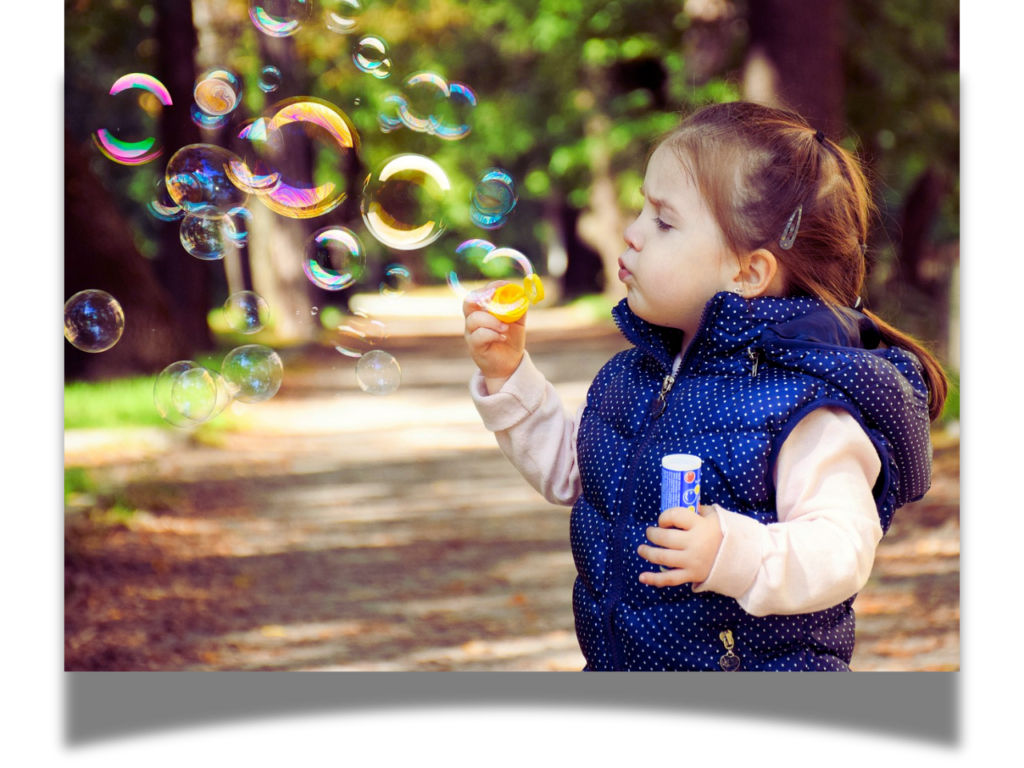
Recognize the Root Cause
First and foremost, it’s crucial to understand that behavior problems often stem from underlying issues. So make sure we need to have an idea that it could be anything from stress at school, difficulty with a new sibling, or even a developmental phase they’re going through. Additionally, Take the time to observe and listen to your child. Ask open-ended questions to get to the heart of what might be bothering them.
Consistency is Key
Children thrive on consistency and routine. When they know what to expect, they feel more secure and are less likely to act out. Set clear and consistent rules and consequences. Make sure everyone involved in your child’s care is on the same page—whether it’s grandparents, babysitters, or teachers. This unified approach helps reinforce expectations.
Positive Reinforcement
It’s easy to focus on the negative, but don’t forget to acknowledge and reward good behaviour. Positive reinforcement can be a powerful tool. Simple things like praise, extra playtime, or a small reward can go a long way in encouraging your child to behave appropriately. The key is to be specific about what they did right so they can repeat it.
Time-Outs and Cool-Downs
Sometimes, a child’s behavior can escalate quickly, and it’s essential to have a plan in place for those moments. Time-outs can be an effective way to give your child a chance to calm down and think about their actions. Choose a quiet spot, explain why they are being given a time-out, and make sure they understand it’s not a punishment but a moment to cool down.
Natural Consequences
Allowing children to experience the natural consequences of their actions can be a valuable learning experience. For instance, if they refuse to wear a coat on a chilly day, they might feel cold. Of course, ensures their safety, but letting them learn from their choices helps them understand cause and effect.
Encourage Communication
Open lines of communication are essential. Encourage your child to express their feelings and thoughts. Sometimes behavior issues arise because children don’t know how to communicate what they’re experiencing. Role-playing different scenarios and teaching them appropriate ways to express themselves can be very helpful.
Lead by Example
One thing we need to understand is that our babies are keen observers and often mimic the behavior of adults around them. So Model the behavior you want to see in your child. Show them how to handle frustration, anger, and disappointment in healthy ways. Your actions speak louder than words.
Seek Professional Help if Needed
There’s no shame in seeking help from a child psychologist or counsellor if you feel overwhelmed or if your child’s behavior problems persist. Professionals can offer insights and strategies tailored to your child’s specific needs.
Take Care of Yourself
Parenting is demanding, and it’s essential to take care of your own mental and emotional health. When you’re stressed or exhausted, it’s harder to manage your child’s behavior effectively. Make sure to take time for self-care, whether it’s a hobby, exercise, or just a quiet moment with a book.
Building a Support Network
Lastly, don’t hesitate to reach out to other parents, family members, or parenting groups. Furthermore sharing experiences and advice can provide you with new perspectives and much-needed support. Remember, it takes a village to raise a child.

A final word about Child behavior management
At the end of the research, we conclude that child behavior management is a complete learning pattern. Moreover, it also plays a vital role in children’s character. Children change their behavior at an early age fastly as they absorb quickly from their surroundings. With these rapidly evolving parents and caregivers, the teacher should not take any stress. They should always try to understand every aspect to keep them on the right path. This all helps to properly manage their changes correctly. Because positive change brings maturity and wisdom. As a result in this way, they cross the milestone of their immature age towards the adult level.
So we must stand that as parents instead of behaving like their supervisors. But also be like friends and advisors who’ll always be on their side by side to keep them in the right direction. That’s the way parents and caregivers are suggesting to be calm and flexible. This is a result of keeping their ears open to listen to whatever comes to the child’s mind.
Dealing with child behaviour problems is never easy, but with patience, consistency, and the right strategies, you can help your child learn and grow through these challenges. Remember, every child is different, and what works for one might not work for another. Be flexible, stay positive, and most importantly, let your children know that they are loved and supported, no matter what.

